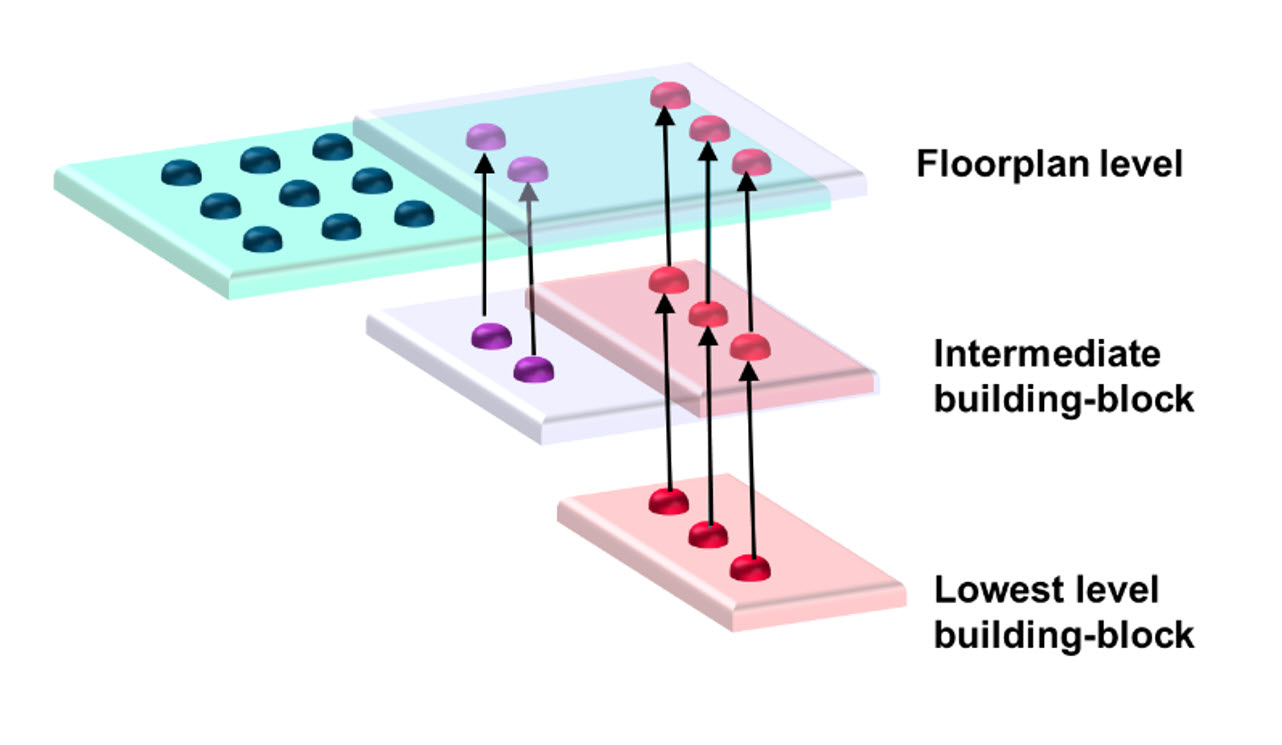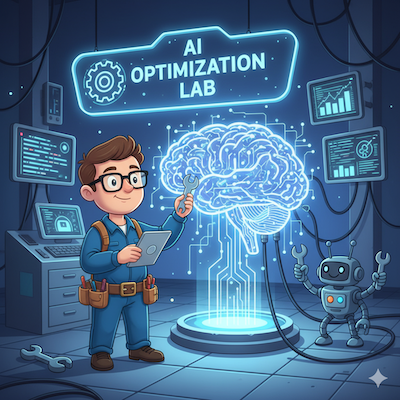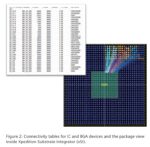Lithography has been the driving force for shrinking feature sizes for decades, and the most easily identified factor behind this trend is the reduction of wavelength. G-line (436 nm wavelength) was used for 0.5 um in the late 1980s [1], and I-line (365 nm wavelength) was used down to 0.3 um in the 1990s [2]. Then began the era of deep-ultraviolet… Read More
 Hierarchically defining bump and pin regions overcomes 3D IC complexityBy Todd Burkholder and Per Viklund, Siemens EDA…Read More
Hierarchically defining bump and pin regions overcomes 3D IC complexityBy Todd Burkholder and Per Viklund, Siemens EDA…Read More CDC Verification for Safety-Critical Designs – What You Need to KnowVerification is always a top priority for any…Read More
CDC Verification for Safety-Critical Designs – What You Need to KnowVerification is always a top priority for any…Read More Ceva Unleashes Wi-Fi 7 Pulse: Awakening Instant AI Brains in IoT and Physical RobotsIn the rapidly evolving landscape of connected devices,…Read More
Ceva Unleashes Wi-Fi 7 Pulse: Awakening Instant AI Brains in IoT and Physical RobotsIn the rapidly evolving landscape of connected devices,…Read More Adding Expertise to GenAI: An Insightful Study on Fine-TuningI wrote earlier about how deep expertise, say…Read More
Adding Expertise to GenAI: An Insightful Study on Fine-TuningI wrote earlier about how deep expertise, say…Read More EDA Has a Value Capture Problem — An Outsider’s ViewBy Liyue Yan (lyan1@bu.edu) Fact 1: In the…Read More
EDA Has a Value Capture Problem — An Outsider’s ViewBy Liyue Yan (lyan1@bu.edu) Fact 1: In the…Read MoreOn-Device Tensilica AI Platform For AI SoCs
During his keynote address at the CadenceLIVE 2021 conference, CEO Lip-Bu Tan made some market trend comments. He observed that most of the data nowadays is generated at the edge but only 20% is processed there. He predicted that by 2030, 80% of data is expected to be processed at the edge. And most of this 80% will be processed on edge… Read More
Heterogeneous Package Design Challenges for ADAS
Increasingly complex heterogeneous packaging solutions have proved essential to meeting the rapidly scaling requirements for automotive electronics. Perhaps there is no better example of this than advanced driver-assistance systems (ADAS) that are found in most new cars. In a recent paper published by Siemens EDA, they … Read More
What the Heck is Collaborative Specification?
It’s been quite a while since I talked with Agnisys CEO and founder Anupam Bakshi, when he described their successful first user group meeting. I reached out to him recently to ask what’s new at Agnisys, and his answer was “collaborative specification.” I told him that I wasn’t quite sure what that term meant, and he offered to spend… Read More
Autonomous Vehicle Rationale Breaks Down
The latest SmartDrivingCars podcast raised fundamental questions regarding the rationale for developing autonomous cars while debating the various paths to market adoption. The discussion took place between Alain Kornhauser – faculty chair of autonomous vehicle engineering at Princeton University and Adriano Alessandrini,
Podcast EP40: The Semiconductor Supply Chain and the Real Cause of Semiconductor Shortages
Dan and Mike are joined by Malcolm Penn, 50-year semiconductor industry veteran and founder and CEO of Future Horizons. Dan and Mike explore the evolution of the semiconductor supply chain, how we got to the current state of shortages and what the future may hold. Drawing on his substantial knowledge of the industry, Malcolm makes… Read More
The Semiconductor Shortage False Narrative!
The semiconductor shortage has really caught the world’s attention. Friends and family who don’t really know what a semiconductor is now ask me to explain it. This is great news for the semiconductor industry for different reasons which I will discuss here. We can also discuss the downside risks.
First, let’s look at a bit of semiconductor… Read More
Synopsys’ ARC® DSP IP for Low-Power Embedded Applications
On Sep 20th, Synopsys announced an expansion of its DesignWare® ARC® Processor IP portfolio with new 128-bit ARC VPX2 and 256-bit ARC VPX3 DSP Processors targeting low-power embedded SoCs. In 2019, the company had launched a 512-bit ARC VPX5 DSP processor for high-performance signal processing SoCs. Due to the length, format… Read More
Verification Completion: When is enough enough? Part I
Verification is a complex task that takes the majority of time and effort in chip design. Veriest shares customer views on what this means. We are an ASIC services company, and we have the opportunity to work on multiple projects and methodologies, interfacing with different experts.
In this “Verification Talks”… Read More
Auto Semiconductor Shortage Worsens
The shortage of semiconductors for automotive applications is getting worse. Recent statements from major automakers:
- General Motors significantly cut production at eight North American plants earlier this month due to the semiconductor shortage. GM expects North American vehicle production in the second half of the year











AI RTL Generation versus AI RTL Verification